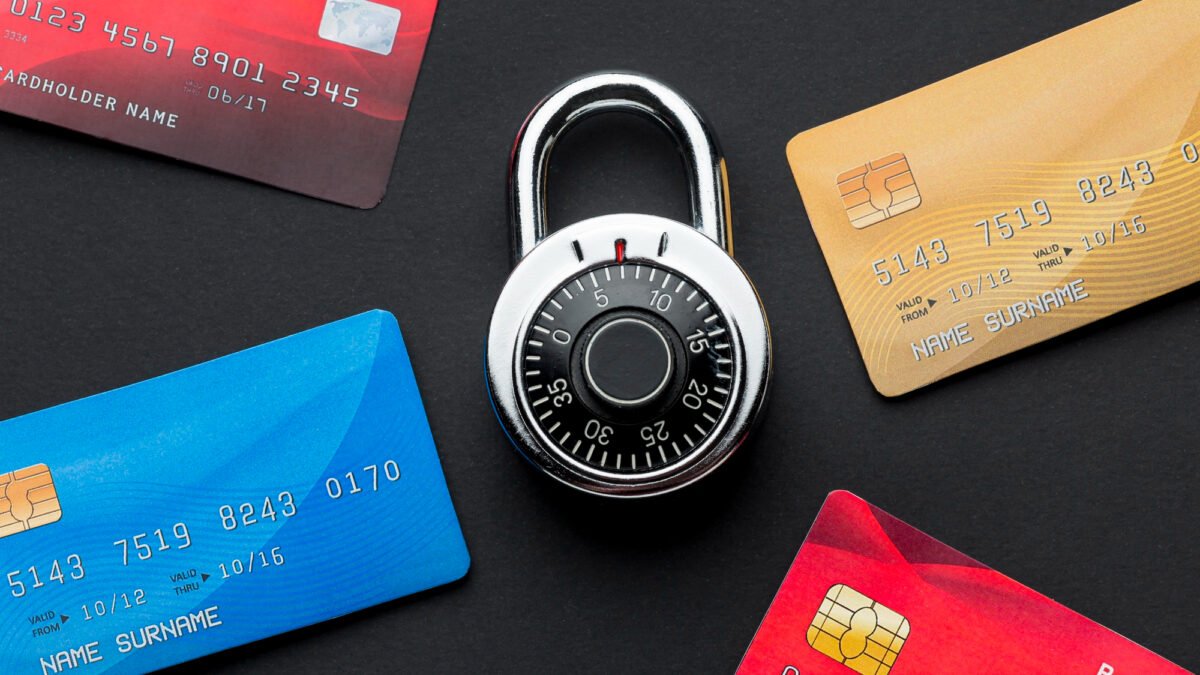Disclosure: Small Business Philippines strives to provide relevant and accurate information in all its articles. However, some information in our articles may differ or might be outdated from what you can see or read directly from the establishments’ or businesses’ websites. Please get in touch with us directly for any discrepancies.
Online banking security refers to the protective measures put in place to safeguard your financial information and transactions when using Internet-based banking services. These measures aim to prevent unauthorized access, fraud, data breaches, and other cyber threats that could compromise your financial well-being.
Why is Online Banking Security Essential in the Philippines?
As the Philippines embraces digitalization, the convenience of online banking comes with heightened security risks. Cybercriminals often target individuals and businesses with weak security measures, seeking to exploit vulnerabilities for financial gain. By prioritizing online banking security, you can avoid falling victim to these malicious activities and ensure the stability of your financial endeavors.
When to Strengthen Your Online Banking Security?
The time to enhance your online banking security is now. Waiting for an incident to occur could be detrimental to your finances. Whether you’re already using online banking or planning to implement it soon, taking proactive steps to improve security is crucial for your peace of mind.
Where are the Vulnerabilities in Online Banking Security?
Understanding the potential weak points in online banking security is essential for devising a robust defense strategy. Vulnerabilities may exist in various areas, such as:
Passwords
Weak or easily guessable passwords can leave your accounts susceptible to hacking.
Phishing Attacks
Fraudulent emails, messages, or websites can trick you into revealing sensitive information.
Malware and Ransomware
Malicious software can infiltrate your devices and compromise your data.
Public Wi-Fi
Using unsecured public networks can expose your information to eavesdroppers.
Unprotected Devices
Failing to secure your devices can lead to unauthorized access to your accounts.
How to Strengthen Your Online Banking Security?
Now, let’s explore practical steps to fortify your online banking security in the Philippines:
1. Create Strong and Unique Passwords
Generate complex passwords using a mix of uppercase and lowercase letters, numbers, and symbols. Avoid using easily guessable information, such as birthdates or names, and refrain from using the same password for multiple accounts.
2. Enable Two-Factor Authentication (2FA)
Implement 2FA whenever possible. This additional layer of security requires a second form of verification, such as a one-time code sent to your mobile device, to access your account.
3. Stay Informed About Phishing
Educate yourself and your employees about phishing techniques. Be cautious of unsolicited emails or messages asking for personal information and avoid clicking on suspicious links.
4. Keep Your Devices and Software Updated
Regularly update your devices’ operating systems and software to patch known security vulnerabilities and protect against emerging threats.
5. Use Secure Networks
Avoid conducting sensitive online banking transactions on public Wi-Fi networks. Opt for secured and private connections to reduce the risk of data interception.
6. Install Antivirus and Anti-Malware Software
Utilize reputable antivirus and anti-malware software to detect and remove potential threats from your devices.
7. Monitor Your Accounts Regularly
Frequently review your account activities and statements to detect any unauthorized transactions promptly.
Tips for Ensuring Online Banking Security
In addition to the above steps, here are some extra tips to bolster your online banking security in the Philippines:
1. Educate Your Staff
If you’re a business owner, ensure that your employees are well-informed about online security practices and the potential risks.
2. Limit Access Privileges
Grant access to online banking platforms only to authorized personnel to minimize exposure to potential threats.
3. Secure Physical Devices
Keep your computers, smartphones, and other devices physically secure to prevent unauthorized access.
4. Be Cautious with Emails and Links
Avoid clicking on links or downloading attachments from unknown sources, as they may contain malware.
5. Backup Your Data
Regularly backup important financial data to prevent data loss in case of cyber incidents.
6. Use Encrypted Websites (HTTPS)
Ensure the websites you visit for online banking have “HTTPS” in the URL, indicating an encrypted connection.
Key Takeaways
Protecting your online banking accounts and transactions in the Philippines is an ongoing endeavor that requires vigilance and proactive measures. By creating strong passwords, enabling two-factor authentication, staying informed about phishing, updating software, using secure networks, installing antivirus software, and monitoring your accounts regularly, you can significantly reduce the risk of falling victim to cyber threats. Educating yourself and your staff about online security best practices further strengthens your defense against potential attacks. Embrace these measures, and you can navigate the digital landscape with confidence, safeguarding your financial interests and achieving your business goals securely.
Don’t wait for a security breach to happen; take action now to secure your online banking in the Philippines. Implement the tips and strategies provided in this article to protect your finances and maintain the trust of your customers. Remember, staying ahead of cyber threats is a crucial aspect of running a successful and secure business in the digital era.



